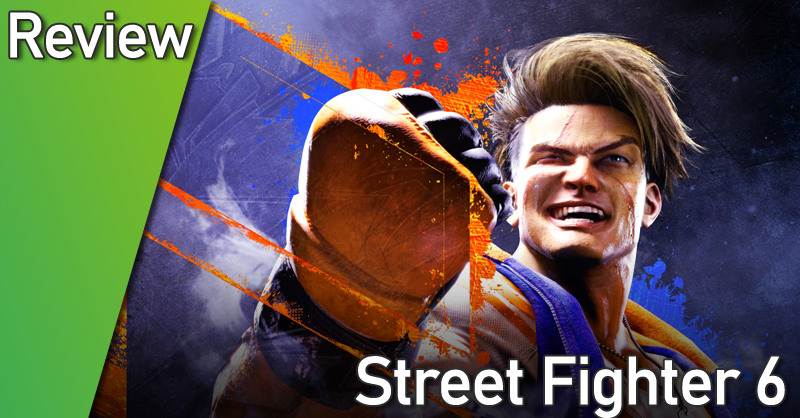I recently played through Tunic, one of the greatest indie games of the past few years according to many. Its reputation intrigued me, and after having it installed for so long I finally delved into this experience. Beware of spoilers – skip to the final paragraph for a summary to avoid them.
Tunic is an isometric exploration game, with heavy inspirations by Dark Souls. The game being so similar to Dark Souls is something I never heard about before playing it myself, and I wouldn’t have played it if I knew of this beforehand. I have barely played Dark Souls as I’m not interested in playing that type of game, but I know what to expect from them. Combat consists primarily of close ranged combat using a sword, but you also have ranged options and you are able to lock-on to enemies. There’s a dodge roll with invincibility frames. You have your ”estus flasks” health potions that only refill at checkpoints. The checkpoints are of course the bonfires, acting as respawn points that refill your stat bars and (some) inventory, but also revive any fallen enemies when used. The game’s difficulty is high, with enemies having lots of health, dealing lots of damage, performing quick attacks with a large hit area. That’s Tunic for ya. Oh, you just thought I was describing Dark Souls? Same same, but different. At least Tunic has settings to reduce the difficulty, which I should have used but didn’t. The combat is fine, but too tough for my tastes.
There’s a good selection of enemies and bosses to fight against. Small and large, quick and slow, airborne and grounded. Most of the enemies are good, but some are a bit too tough, primarily the bosses. Like Dark Souls, you do way too little damage and they are too strong. You are able to become stronger yourself, though most powerups are hard to find, hidden behind destructible walls or puzzles. You also have access to many abilities you can equip that do different things, but good luck figuring them out. I don’t think I managed to unlock them all, so that definitly may have impacted my playthrough. Focusing on airborne enemies now, they don’t work very well. If they’re above ground you can’t hit them with your sword, but the most difficult aspect about them is knowing whether or not they’re currently in the air. The isometric perspective is one that lacks depth, so you can’t really judge how high up they are. Also doesn’t help when you’re at a place where they can fly over barricades and such that you can’t, leaving them safe where you can’t reach. Luckily there are some ranged options for you to use, but you can only use them so much before running out. Some enemies are also able to inflict you with a max health reduction, which is a mechanic I dislike in every game it’s present in. It lasts until you visit a checkpoint, so at least it’s temporary.
Anyway, I would guess the main selling point of this game is how cryptic it is. Without looking anything up on the ’net, chances are you will not know what the story is about or what some of the abilities do - even after you've finished the game. The fact is, about 95% of the game uses a made up language in place of any real one, meaning you won’t understand it unless you either look it up or manage to decrypt it. I couldn’t be bothered to decrypt it because it seemed to not change between various language options, so you know which option I went with. Decrypting the language is meant to be a puzzle in-and-of-itself, however, which is why ”only” about 95% of the text is encrypted. Some phrases are in English or whatever language you play it in, and you can use that information to get an understanding of what some words in the made-up language mean. Most or all of the texts you can compare is found in the in-game instruction manual.
Yes, there’s an entire instruction manual for the game inside the game that’s also been encrypted. It’s been implemented just about perfectly. At points, you stumble upon a piece of paper. Picking it up grants you one page of the instruction manual, both its front- and backside. Like any game manual, the page can contain information on the story, on game mechanics, maps of the areas in game, etc. Story-related pages are found as you progress through the game, essentially unraveling the story as it unfolds. Even if you can’t read the made-up language, the provided illustrations gives you a basic understanding of it. Any maps can be used as actual in-game maps. If you’re at a place and you check the instruction manual’s page for that place’s map, you’ll be able to see the player’s icon at that place in the map. This realization was a proper ”wow” moment for me. The funny thing about the manual is that just about everything in the game is spelled out in it. If you were to understand the made-up language from the start, you’d probably be able to get through a lot of it pretty quickly. To summarize, the instruction manual is great.
I do think the game is too cryptic for its own good, though. The isometric camera lacking depth makes it possible for them to hide some things using this, such as paths behind a wall or the like. This can be manipulated by you by using the lock-on ability, which rotates the camera downward a bit. There are certain doors that have patterns on them that I was unsure of what to do with for most of the game. Turns out you’re supposed to use the D-pad to input their patterns. I think I’d done it a few times prior to knowing what they did, but the game seems to have problems picking up and properly storing your inputs. At times I knew that I input the correct sequence, but the game didn’t register it as such. Maybe I was too fast, maybe too slow. Either way, if you’re gonna have such a cryptic mechanic, make sure it works properly, especially if it’s needed for the true ending. The worst part is how some of these D-pad puzzle solutions are found, however. Some are these doors I mentioned, some are formed on the ground using flowers or trees, some are spread throughout the instruction manual, the game’s world itself, or a combination of both. One or two are even part of ARG puzzles!
Let me touch on the topics I’ve missed before I end this review. The sounds in the game are good. The sound effects works, and the music fits the game. The graphics are great, reminiscent of the Switch remake of Zelda: Link’s Awakening. When reading the instruction manual, I like how it looks to be made of actual paper that’s been used a lot, even containing notes from ”the previous owner”, and how the game is made to look like it’s being played on a CRT screen in the background.
If you like cryptic experiences, if you like games similar to the 2D Zeldas, if you like Dark Souls and games of its ilk, then you’ll love this game. If you’re only interested in the cryptic aspect of the game and/or dislike hard games, reduce or even remove the difficulty as I think it actively ruins the cryptic nature of the game (unless you’re really into hard games). There’s a reason why this game is hailed as a modern classic, but you definitely need to tailor your experience for it to be one for you. On the whole I enjoyed my time with the game, but the late game difficulty and some of the later puzzles ruined it a bit for me.















